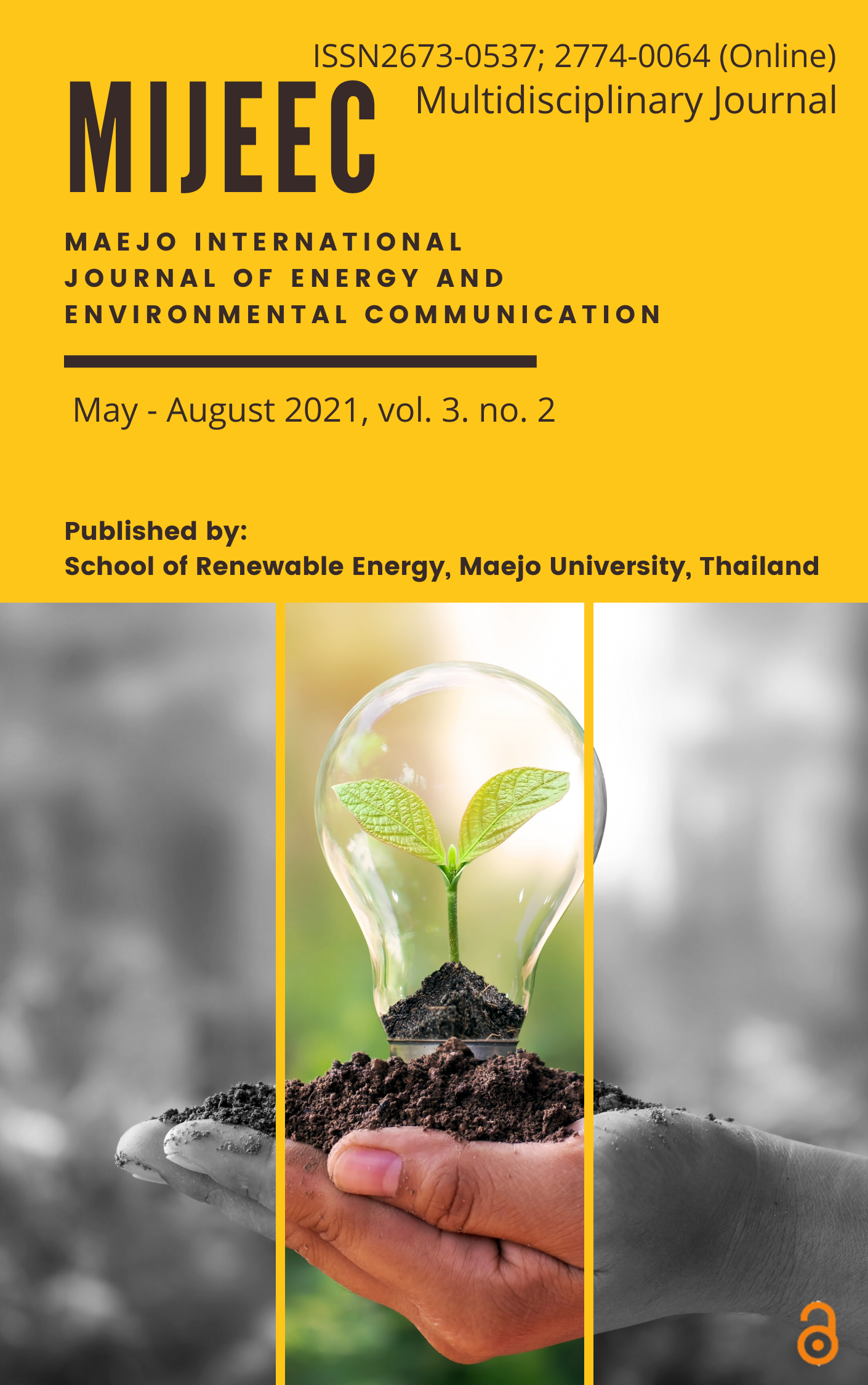Synthesis of keratin spray from chicken feathers for biomedical applications
Main Article Content
Abstract
There is a pressing need to develop wound healing spray that can utilize it for the treatment of skin rebuilding. Wound healing involves the regeneration and tissue repair process with the sequence of molecular and cellular measures that ensue the onset of a tissue lesion to reestablish the damaged tissue. This study aimed to produce the best formulation of keratin-based wound spray which was prepared by varying of the keratin concentration to suit for human nature skin and can be promoted for the wound healing process. A wound-healing bouquet was prepared with keratin as the primary substituent mixed with 2-phenyl ethanol, methyl lactate, and methyl propanediol to rejuvenate the skin effectively. The keratin has been extracted from chicken feathers which have high levels of protein source. Keratinocytes containing keratin migrate from the wound edges to cover the wound during the remedial process. The samples are characterized by Fourier Transform Infrared Spectroscopy (FTIR) to determine the functional groups and Inductively Coupled Plasma-Optical Emission Spectrometry (ICP-OES) for heavy metal analysis. The characteristics of keratin-based wound spray from chicken feather made it an effective wound care product. The pH value of the formulation possesses a little acidic nature (pH 5.56) where is considered an appropriate nature to prevent the growth of bacteria. This wound healing spray gives a suitable domain of cure efficiency to the injured region as they have ideal levels of pH.
Article Details
Copyright © 2019 MIJEEC - Maejo International Journal of Energy and Environmental Communication, All rights reserved. This is an open-access article distributed under the terms of the Creative Commons Attribution-NonCommercial- Attribution 4.0 International (CC BY 4.0) License






